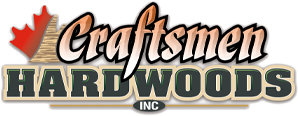Authors
Name: Sam Drake
Posts: 7
Last Post: December 10, 2024
Archive
-
2024
-
December
-
August
-
May
-
March
-
February
-
January
-
-
2023
-
October
-
August
-
July
-
May
-
April
-
March
-
February
-
January
-
-
2022
-
October
-
September
-
August
-
July
-
June
-
May
-
-
2021
-
December
-
April
-


